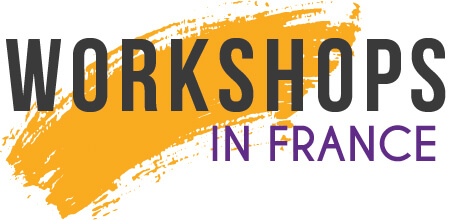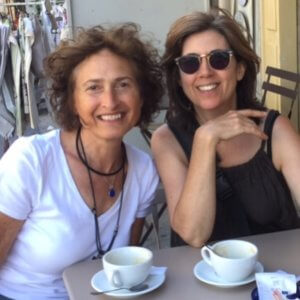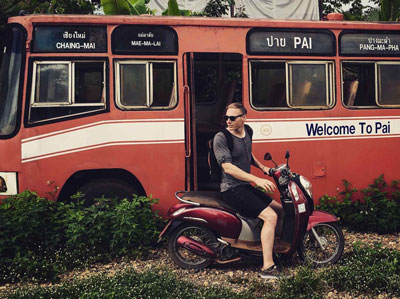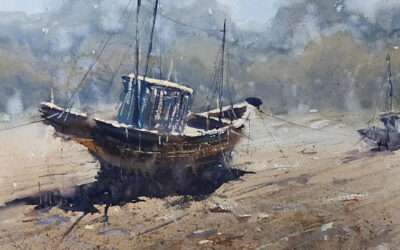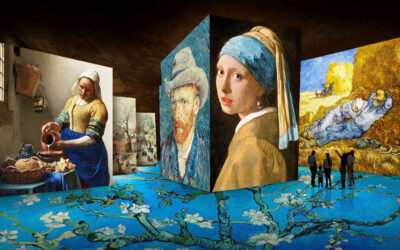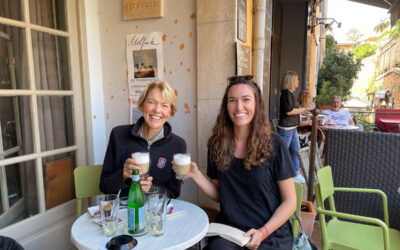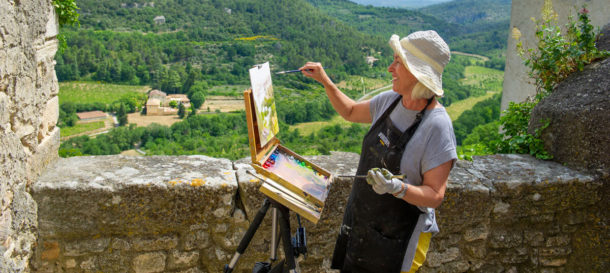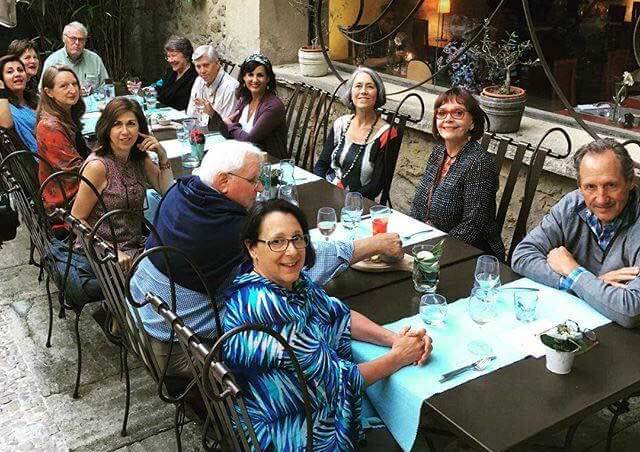
Must-Knows – tips for eating out in France.
France is world famous for its incredible cuisine, and for good reason. The French love their food, and travelers often visit France for the sole purpose of eating their way around. As a foreigner – especially one that doesn’t speak French – you might be surprised with French dining customs, so here’s a few tips and ‘must-knows’ for eating in France.
First things first – when dining out, don’t expect to see menus in English. This is France, and the French love their language. Download a translator on your phone and have it ready.
Breakfast
le petit déjeuner
Unlike the American custom, breakfast is not the most important meal of the day in France. Typical breakfasts consist of a croissant and baguette from a local boulangerie (bakery), and café au lait – or coffee with milk. Meat is rarely served with breakfast, so expect to see little bacon or sausage on morning menus.
Must-know: The boulangerie offers a visual and olfactory feast – if you like your bacon and eggs, you can opt for an individual quiche Lorraine (that’s the one with bacon).


Lunch
le déjeuner
Lunch is where French chefs step it up a notch – and where diners spend a solid couple of hours enjoying each other’s company. Meals usually center around a meat, whether beef, pork, poultry or game. Dining out? Many restaurants offer a special fixed lunchtime menu, called le Menu du jour or “plat du jour” for main course special. These items are often an amazing value and taste great, so don’t miss out!
Must-know: Lunch is generally served from noon until 2 p.m. Then most restaurants closed until the evening. Even when you turn up with a group of starving artists whose numbers will plainly provide a good income – if it’s after 2 p.m. – fermé is fermé (closed). So, plan to eat accordingly.
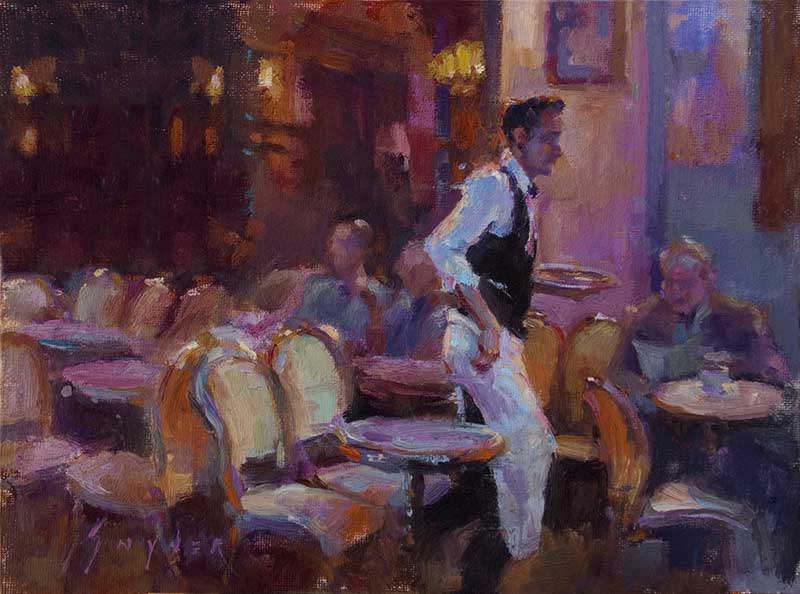
Dinner
le diner
Dinner is also centered on meat and tied together with fresh vegetable dishes. Classic French meat dishes include Coq au Vin, or chicken in red wine; Cassoulet, or beans stewed with pork, duck or mutton; Canard, or duck, which can be prepared in a variety of ways; and Entrecote, or premium cuts of beef, often served with frites – also known as fries by Americans or chips by Brits. Then comes cheese, followed by dessert. Famous desserts include éclairs, mousse au chocolat, and fruit, which is most often enjoyed by locals. Expect both lunch and dinner to be a lengthy occasion; like several-hours lengthy.
If you can afford it, look for the Michelin Star restaurant. The meal will probably be expensive, but the experience unforgettable.
Must-know: If you are traveling in a larger group, reserve your table a couple days in advance to make sure the establishment can accommodate you. You may have to order in advance also.


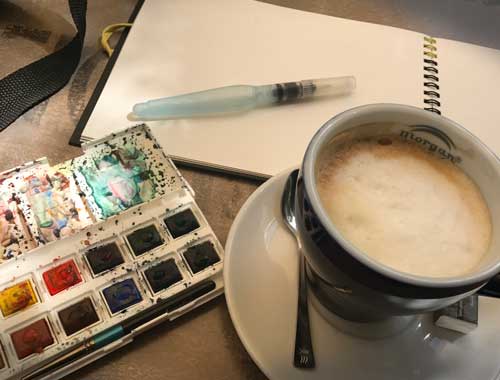
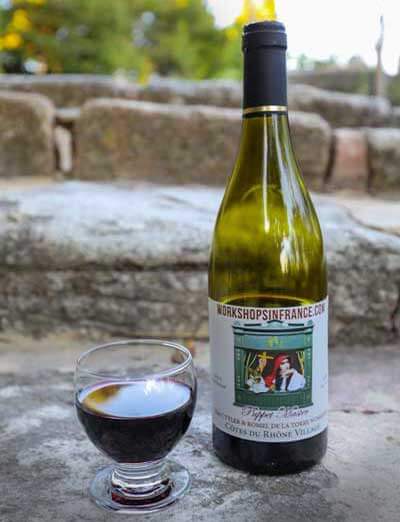
Vegetarians Beware
While fresh vegetables are a staple in nearly every meal, the French haven’t fully embraced vegetarian or vegan diets. Finding dishes without some sort of meat component in them can be tough, particularly in smaller village restaurants. Learn this phrase before heading out: Je suis végétarien, meaning “I am vegetarian.”
Must-know: Opt for fabulous salad. There are normally great salads on the menu. If you eat cheese, try a warmed goat’s cheese salad, “Salade Chevre Chaud.” If you eat fish and eggs a great choice is the famous salad from Nice – “Salade Niçoise.”
Coffee Lovers
If you’re a coffee lover, you’re in luck because the French are, too. Your morning coffee is café au lait, meaning coffee with lots of milk, or grand crème, which is basically the same thing except it’s made with less cream instead of milk. Café is generally espresso and drank throughout the day.
Must-know: It’s a ‘must-do’. Order yours at a French café and try and drink it outdoors while you watch the French play out their lives. It’s a simple ubiquitous pleasure.
What to Drink
Vin.
You will drink lots and lots of vin, meaning wine. Wine for lunch. Wine for dinner. Wine for dessert. Wine anytime, anywhere – and it’s ridiculously cheap. You can buy a bottle at dinner for extremely reasonable prices, or pickup a quality bottle at a local market for just a few euros. Aside from vin, water is a common meal accompaniment. You’ll always be asked whether you want still (plate – pronounced, plat) or sparkling (pétillante) and expect a bottle of Perrier or other mineral water.
Must-know: For a simple pitcher of (free) tap water, ask for un carafe d’eau. Don’t expect ice, though the water is usually chilled.
Checks and Tipping
When dining out, your server won’t bring your check until you ask for it – which could take another 30 minutes. This is the norm not only in France, but throughout most of Europe. Ask for your check by saying “L’addition, s’il vous plait.” [la-dee-sio seel voo play.]Must-know: A service charge is usually included in your bill, but if your service was good, you can leave an extra 5 percent tip, or one Euro coin for each person in your party. Your check will never include a space to add a tip if paying by credit card, so try to carry a few small Euro notes or coins.
Bon appétit!
Blogger: Justin Felles
Check out more blogs about art workshops, tips and hacks for artists traveling in France and Scotland.
Scholarship to Professional Painter, Emiliano Marini
It was only a few years ago that Emiliano Marini applied for and was awarded a Scholarship to join us at Workshops in France. He was invited to paint at one of our premier art retreats or study in a workshop setting along with an international group of artists to focus on painting. We wrote this blog so that you could catch up with Emiliano’s journey and his artistic successes.
Vermeer to Van Gogh, Dutch Masters at Carrieres des Lumieres
This year we returned to the show titled; Vermeer to Van Gogh, The Dutch Masters and we were not disappointed. Included in the list of stellar painters from Holland are Vermeer, Rembrandt and Van Gogh. Imagine being transported inside these paintings when the projected masterpieces are monumental in size and you are able to observe the art pieces in ways you never imagined…
Family Affair in France
The art of traveling with family. It’s always a privilege to receive guests who decide to bring family members. We have discovered that one of the most enriching ways to experience a workshop or art retreat is to share it with a family member.
